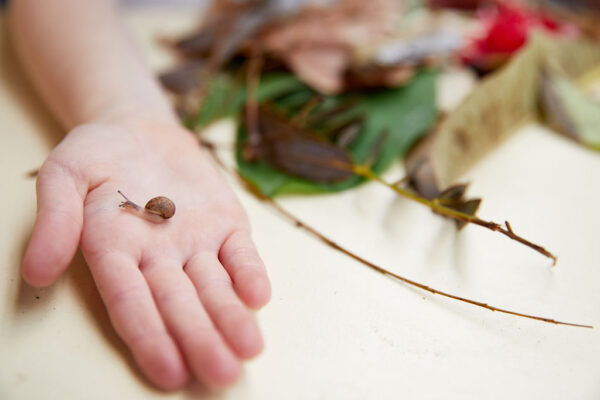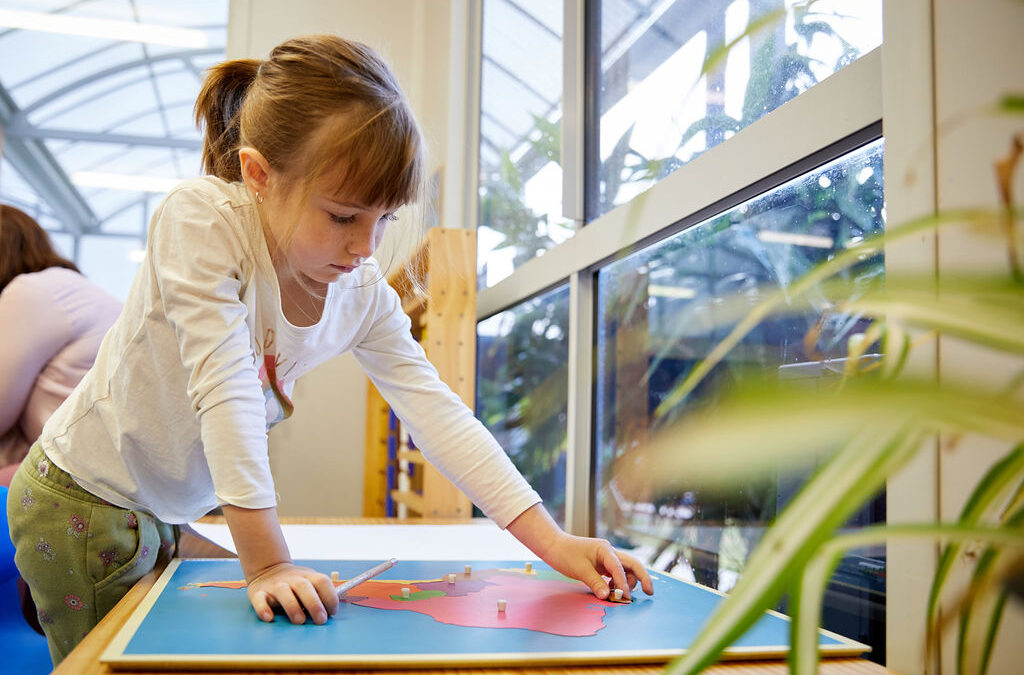One of the many gifts a Montessori education often brings is a life-long enthusiasm for geography. Geography helps children place themselves on Earth, fostering care for the rivers, forests, oceans, and people. Physical geography focuses on the features of Earth’s environment.
Geography is the most all-encompassing subject in the Montessori “cultural curriculum.” It creates the foundation for understanding the oneness of the human family, recognising the basic needs that all people share while appreciating the diversity of how different cultures satisfy those same needs.
Children begin with lessons on physical geography, introducing them to the Sandpaper Globe. The land is rough to the touch; the oceans are smooth. The Continents globe follows and children are taught the different continent names and the colour of each.
Exploring the Continents
Through artifacts, stories and photographs, countries and continents come to life in the classroom. Children are introduced to:
- Three part cards of landmarks, flora and fauna.
- Climates and biomes
- Languages, songs, stories, celebrations of cultural festivities, holidays and food.
- Artwork, clothing and instruments.
- Maps
- Colours and symbols of flags.
While exploring the rich content of the Cultural area, young children are unconsciously building skills in observation, prediction, sequencing, categorising, questioning, organising, comparing, and contrasting.
Children explore the geography of this amazing planet by using movement, their senses and intellect. Recognising the universal needs all people share is an intrinsic part of education for peace. Montessori education is unique and groundbreaking in that it incorporates cultural and peace education. Over one hundred years ago, Dr. Maria Montessori wrote,
“The child is both the hope and a promise for mankind.”
Ayesha Meer – Children’s House program coordinator

Rockingham, Western Australia: Rockingham Montessori School, May 2021 (Photo by Sabine Albers)

